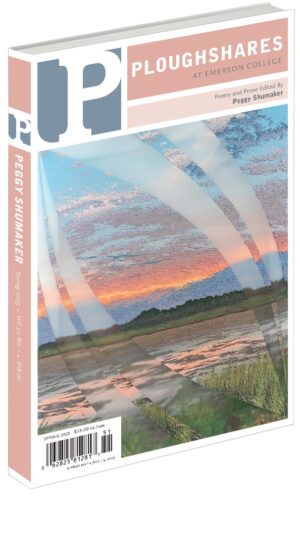Chooutla
Issue #163
Spring 2025
Education got us into this. – Murray Sinclair I will go to the archives. What will I look for? Another place, simply, where the past speaks? I call Linda Johnson, former Territorial Archivist of Yukon. I tell her I am...
Purchase an archive subscription to see the rest of this article.
Purchase an archive subscription to see the rest of this article.
